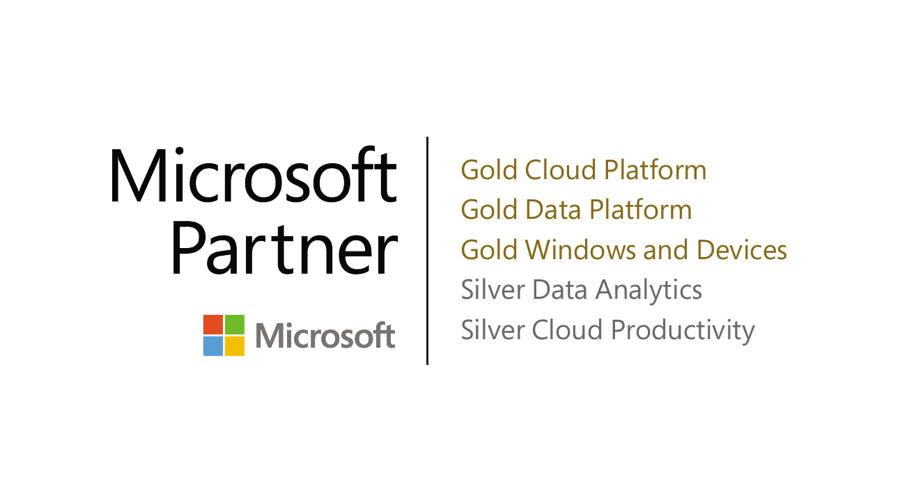Every user, when you log onto Windows and you have your profile that contains everything, you’ve got your Outlook cache, your OneDrive cache, all of your personal settings, desktops, your own files, etc., that’s all in your user profile. In order to make a distributed system like this work well, you can’t have, and you don’t want that profile sitting on one host machine. In a large environment, depending on when you log on and log off, you could be on host 1,2,10,20, you never know what host you’re going to hit. So what happens in a virtualized container deployment, which is how this logic works, included with all WVD – a big part of what makes WVD great, by the way – So what actually happens is your profile is a container and it lives in a VHDX file, it lives in a Hyper-V container on a different system. There are three places in WVD where we can put that container – we can put it on a file server which is very similar to how RDS deployments worked a year and a half ago, we can put it on Azure files or we can put it on Azure Net app files. Those last two are essentially a platform as a service storage systems that are native, built into Azure. It eliminates yet another Microsoft windows server to deal with, no patches or anything so you get that out of the way. You’re just buying for the storage you’re using for those containers. There are pros and cons for all of these, we could talk for hours.
Because those profiles are living on a network connected location that is not the host, as soon as you log onto the host, it says “oh Mike is here, Mike’s container is over there” And it immediately connects you to that container. This is key. Anyone who has worked with roaming profiles remembers how that worked, it found your roaming profile and then you waited for 370 hours while it tried to drag all of your information and 400 gigs of email and everything else down over the wire, loaded it up on the machine and then you could finally log on and actually do something, after your third cup of coffee. So, this does not work like that. It doesn’t pull anything down, it doesn’t load anything, it doesn’t do any of that stuff. That container that is running on that Net app or wherever it is keeps running and it just connects to it. It’s like connecting to a VM that’s up. So as soon as it makes a connection, you now have a connection to that data, and it is ready to go. So your login times are instant, instant in IT terms so they are essentially instant. And you are up and running, regardless of what host you are connected from.
Importantly, it supports all the kind of weird stuff that was tough to support in an RDS environment with Office 365 three years ago, OneDrive, local cache and all the weird things it does with files on command. Outlook cached profiles, anybody – 75% of you that have dealt with VDI and RDS deployments in the past will remember the first thing you ever did when a user complained about Outlook was march up to the desktop and turn off cached profiles. Because it broke everything, because of all that other profile stuff. Not anymore, you can now have all your cached profiles. By default, WVD tells you to leave a months’ worth of information cached there but you can change it as you go. So its cached on your profile container which is just one network hop away. And then beyond that it goes out to the cloud because you don’t want to fill your profile container storage with everybody’s full outlook email boxes.
So it’s a great compromise between lightning fast, on-premises type of cached Outlook performance and having access to 27 years and a million terabytes of email data that your CEO still wont ever let go of. So it gives you great compromise between those two.

Recent Posts
- Thinking About Leaving GoDaddy? Discover How to Gain Full Control of Your Microsoft Tenant and Boost Security
- 5 Advanced Security Features of Azure Virtual Desktop for Enterprise Protection
- Top 10 Questions IT Leaders Ask About Azure Virtual Desktop (AVD)
- How Azure Virtual Desktop Simplifies Remote and Hybrid Work for IT Leaders
- Azure Virtual Desktop vs. Windows 365: Which Cloud Desktop Solution is Right for Your Business?
